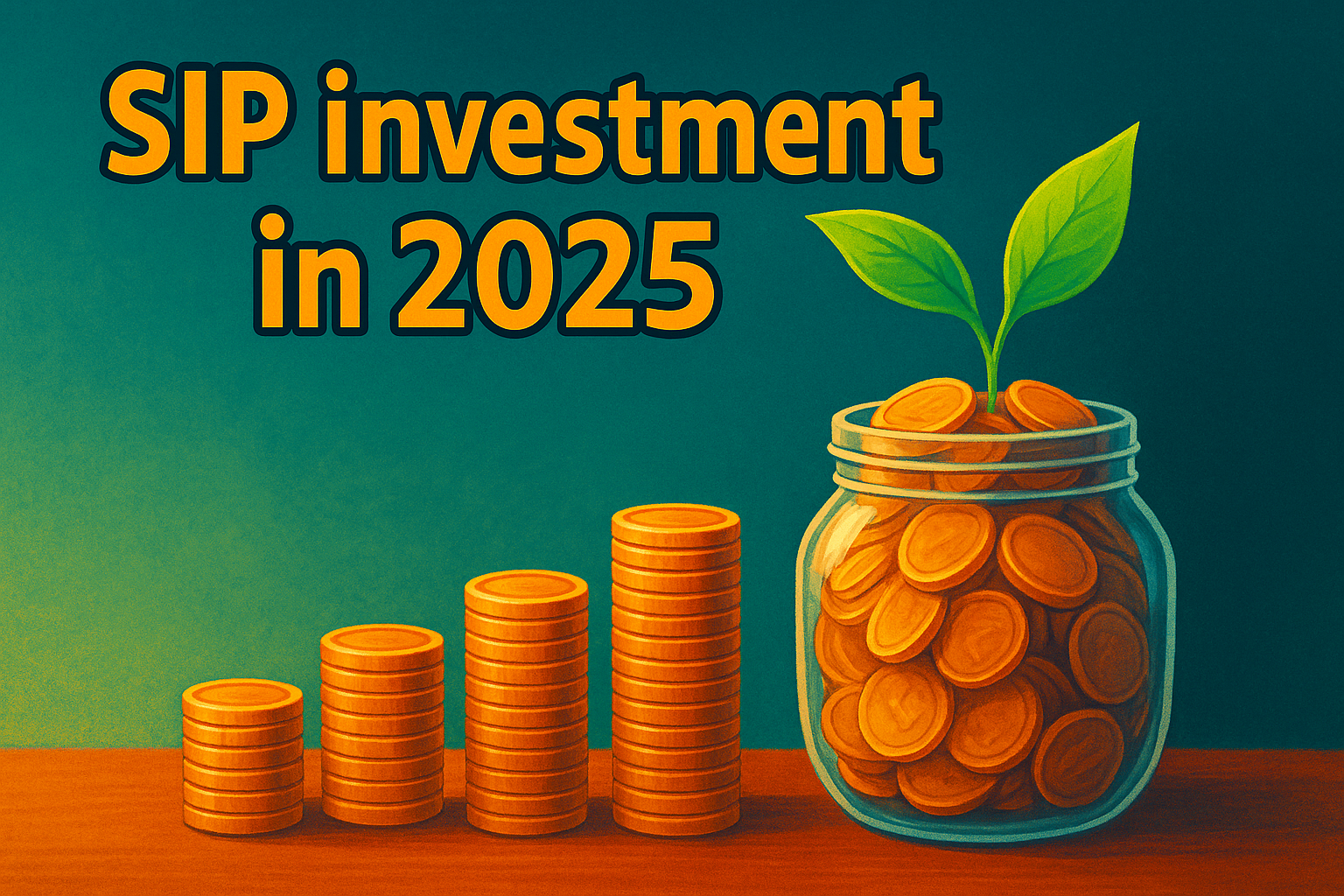Pancard 2.0 vs. Pancard 1.0: What’s the Difference?
2024-12-05
0 Comments
.png)
Table of Contents
For financial transactions in India, a PAN (Permanent Account Number) is very important for filing taxes, opening a bank account, or investing, and you cannot do any of them without a PAN. The Income Tax Department of India issues a PAN card, which is an identity proof for taxpayers. The new PAN card (Pancard 2.0) is catching up, while the old PAN card (Pancard 1.0) has been around for years. However, what’s exactly the difference between them? In this blog, we cover the similarities and differences between Pancard 1.0 and 2.0 and what makes Pancard 2.0 better compared to Pancard 1.0.
What is Pancard 1.0?
For years, we have been using the original PAN card (Pancard 1.0). It has a laminated card containing a unique 10-digit alphanumeric code called the PAN that's assigned to an individual, business, or entity by the Income Tax Department. This is a number that identifies the person when he wants to make a financial transaction.
Pancard 1.0 typically includes:
10-digit PAN: A mixed collection of alphabets and numbers.
Cardholder details: name and photograph, father's name (if an individual), and date of birth.
Signature: The individual’s signature.
Hologram: An authentication feature.
QR Code (on some versions): QR code embedded in some PAN cards for verification easily.
Pancard 2.0 has superseded Pancard 1.0, which served as a means of identification for some years now, only to be limited by limitations in technology, security, and ease of use.
What is Pancard 2.0?
The updated version of the traditional PAN Card has been released by the Income Tax Department and is officially known as Pancard 2.0, which comes with a modernised system aiming to offer more secure and tech-friendly as well as accessible services. This is an incentive for digitalisation, and this process aims to improve the user experience by providing more features for individual and business users.
Key Features of Pancard 2.0:
Digital Format: e-PAN, the digital equivalent of e-PAN, is provided in digital form in Pancard 2.0. The PAN card can be downloaded into a PDF and printed as per requirement by the person, which makes it more accessible and easier.
Embedded QR Code: Pancard 1.0 had a QR code, but Pancard 2.0 has a more advanced, bigger QR code that can be easily scanned for verification. PAN, name, address, and other important info about the cardholder is included in the QR code in Pancard 2.0.
Enhanced Security Features: With stronger encryption and other security features, such as holograms and barcodes for fraud prevention, Pancard 2.0 is way better than what is out there right now. Last, these features make the card harder to replicate or forge.
Unified Identification Number: In some cases, Pancard 2.0 also refers to other government databases and thus becomes a unified number. For instance, there is a link with PAN on Aadhaar, which facilitates greater connectivity between government services.
Key Differences Between Pancard 1.0 and Pancard 2.0
Format and Availability:
Pancard 1.0 is a physical card that you will have to walk around with for whatever transactions you want to make, but you can use it digitally too and so cash it in for some transactions.
The digital option introduced in Pancard 2.0 is called e-PAN, which can be downloaded online and used to perform several financial activities outside the physical card.
Security Features:
The security measures within this pan card consist of a hologram, signature, and QR code, although with much less robust anti-counterfeit features compared to the pan card 2.0 we’ve mentioned earlier.
Pancard 2.0 brings a more advanced (encrypted) QR code with the ability to do detailed verification and encrypted data for extra security against fraud and duplication.
Ease of Access and Use:
Some transactions require only that Pancard 1.0 be physically present. It still exists and has been done for years, but can sometimes be a pain to verify.
The digital version of Pancard 2.0 can be shared instantly to conduct online verification and is available at a rate that’s accessible and takes less time and effort.
Technological Integration:
Pancard 1.0 is really just a standalone... identification card for tax and financial purposes, that's what it is.
In addition, upon integration with other government databases (for example, Aadhaar), the software processes transactions digitally even more seamlessly and securely.
Application Process:
To obtain Pancard 1.0, you had to write a form, submit physical documents, and then wait for the physical card to reach your address.
It is more efficient as you can apply for the Pancard 2.0 online on the government portals and as a pretension. The e-PAN is generated instantly for the digital version of the card, and the physical card is available with a quicker turnaround time too.
Benefits of Pancard 2.0
Quick and Convenient Access: Pancard 2.0 is downloadable and usable instantly, and it is much easier to transport as a digital version.
Digital Verification: Pancard 2.0's enhanced QR code helps quick digital verification of transactions that will save time.
Reduced Fraud: Pancard 2.0 also improves on the advanced security features that help lessen fraud and counterfeiting attempts.
Better Integration: Pancard 2.0 simplifies government-related tasks by linking it with Aadhaar as well as other government services offering better accessibility and fewer hurdles.
Conclusion
If you have not yet upgraded to Pancard 2.0 or enjoyed e-PAN service, consider transitioning for a better and safer experience.
Add a Comment
Popular Categories
Popular Blog Posts
SIP or Crypto? The Answer Will Surprise You
28 Jul, 2025
EV Stocks in India: Boom or Bubble?
18 Jul, 2025
Search For Financenu Service
Apply For Financial Service














